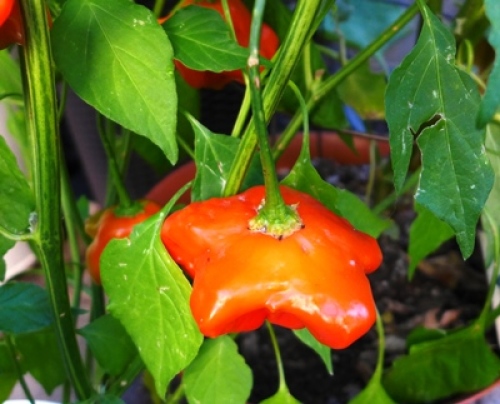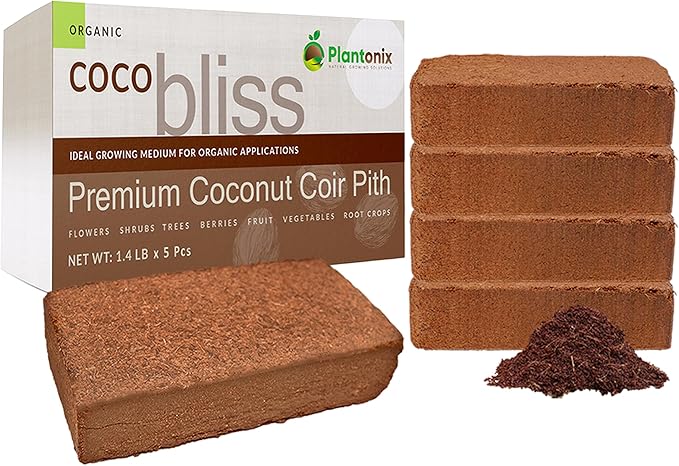How to Start Pepper Seeds
If you like to grow unusual peppers, you’ll need to start from seed

After a failed attempt at starting my pepper plants from seeds, I finally cracked the code. My big mistake wasn’t the soil medium I was using. It wasn’t a lack of light or not enough water. I even used a heating mat to help them get going. I eventually realized that the cool air in the basement was causing my pepper problems.
Once I moved the whole operation to a warm upstairs room and placed the seeds on a table over a heating vent, the seeds sprouted quickly.
While the basement was fine for other seeds, pepper seeds (like tomato seeds) need extra heat to help them germinate and start to grow.

Starting from seeds may seem daunting to beginning vegetable gardeners, but it’s the best way to get more planting choices, control how plants are grown, and save money. It’s also especially rewarding to plant, tend, and watch the seeds grow.
Some seeds, like those of sweet or chili peppers, need more time to germinate than other vegetable seeds. Most seed packets recommend starting pepper seeds indoors 8 to 10 weeks before the last average frost date. I time my pepper transplanting for when I know the weather will be warm enough for consistent nighttime temperatures of 50°F. That’s usually late May or early June.
Count back the number of weeks from transplanting to know when to start seeds.
There are plenty of options for indoor seed starting. Some gardeners (like me) prefer to use ready-to-plant kits; other gardeners prefer to use clean, recycled containers with holes for drainage.
Always use a sterile, soilless seed mixture. Before planting, moisten the planting mixture to the consistency of a wrung-out sponge.
Follow packet instructions for spacing seeds. It’s always a good idea to plant two or three pepper seeds in each cell and then thin the seedlings when they start to grow. That’s seeding insurance in case a seed or two doesn’t sprout.
Light, heat, and moisture are important ingredients for healthy seedlings. Sometimes a warm sunny location isn’t enough, and seedlings need supplemental lighting from fluorescent lights or special grow lights. Place lights 2 to 4 inches above the seedlings for 16 hours a day, and raise lights as the plants grow.
A heating mat provides bottom heat to help speed germination, and extra ambient room heat will give pepper seeds a good start.
To prevent damping off, a fungal disease that causes new seedlings to die at the soil surface, keep the soil moist but not soggy. A small rotating fan to keep air moving around seedlings will help prevent damping off.
Keep peppers healthy until it’s time to move them outside. Be sure to acclimate them slowly to the outdoors before planting them in their summer-growing spot.
Fine Gardening Recommended Products

Coco Bliss 650gm Bricks (5-Pack) - Organic Coco Coir
Fine Gardening receives a commission for items purchased through links on this site, including Amazon Associates and other affiliate advertising programs.

DeWit Spork with Solid Socket
Fine Gardening receives a commission for items purchased through links on this site, including Amazon Associates and other affiliate advertising programs.







Comments
Log in or create an account to post a comment.
Sign up Log in